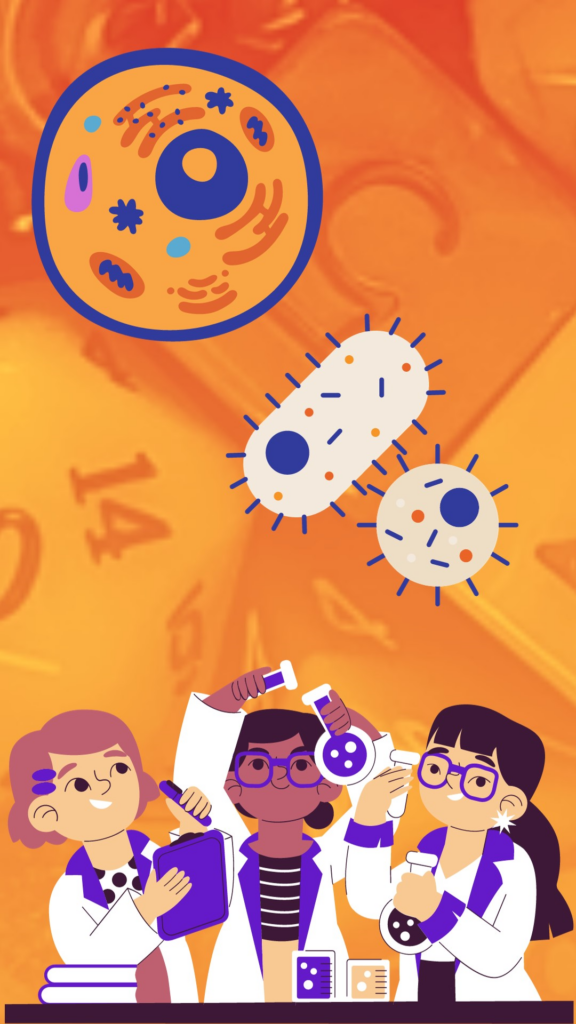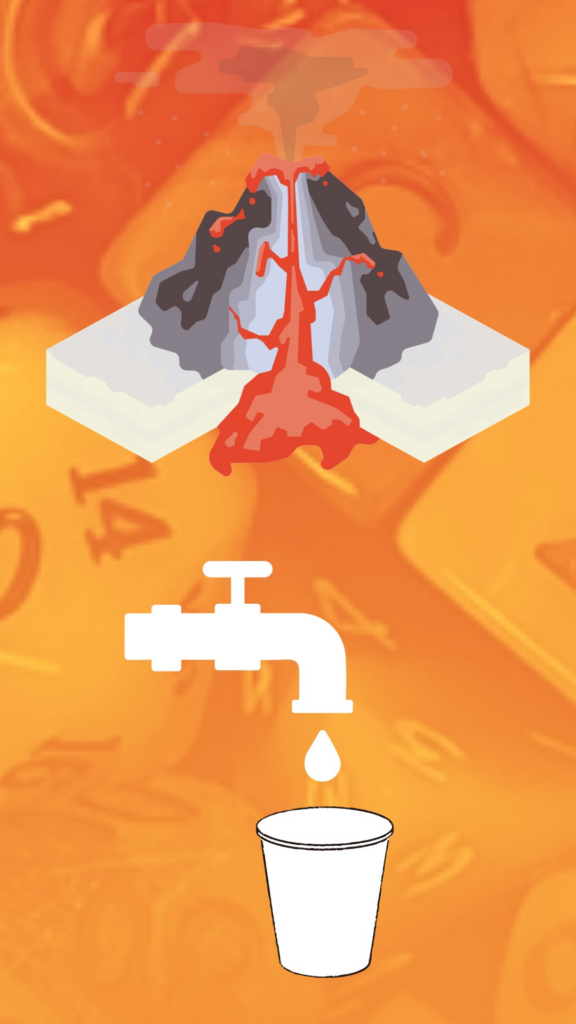Using TTRPGs to teach science and engineering
Jump to:
- Keep your TTRPG fun first
- Create a STEM focused setting
- Theming your challenges and puzzles
- Incorporating scientific/problem solving methods
- Adjusting mechanics FOR SCIENCE
- Additional resources for classroom/edu TTRPGs
Keep your educational TTRPG fun first!
A major part of using TTRPGs to help students learn is to make sure that it still stays a fun game above all.
One of the reasons that TTRPGs facilitate learning so well is because playing a game is an engaging, immersive, and enjoyable process that students want to participate in.
We want to keep it that way.
This means that we can’t alter the game so much that it doesn’t feel like a game anymore, and we need to keep the adventures fun for our players. If we make it too mechanics and worksheet and educational system focused, students can start to lose interest because it feels more and more like school work, and we lose some of the awesome benefits of using a TTRPG as our medium.
That all said, the tips below are to help with keeping the whole experience fun and engaging while sliding in some very meaningful science and engineering learning… with a deft hand.
Create a STEM focused setting for your TTRPG

An awesome way to kick off your science and engineering focused learning is to start with a setting that is going to drive those themes forward and will relate to the topics that you want to focus on.
When I did a workshop with Michael Low, Maryanne Cullinan, and Chris Hopper for SXSW EDU 2023, we had our “classroom TTRPG simulation” set with players starting at Michael’s Luna Uni space station school and then shrinking down and going into a cell to fight a virus (where they learned about cell biology)!
This was science/engineering related and gave lots of opportunities to seamlessly incorporate all the cell biology terms and questions into the adventure while being exciting and fun for players.
Because science and engineering span SO MANY subjects, you’ll want to come up with a setting that hones in on your particular topic or gives you a lot of freedom to shift between wildly different themes. Some setting examples with associated subjects are below to spark some ideas!
- Star Trek style space adventure → astronomy, biology, engineering
- Journey to the Center of the Earth style adventure → geology, archeology
- Time traveling heroes → engineering in different eras, scientific history
- Alchemists in training → chemistry, botany
- Framing adventures like The Magic School Bus → any topic!
Theming your TTRPG challenges and puzzles towards scientific learning practice
As you go through your TTRPG adventure, you can plant challenges, puzzles, encounters, and traps that require students to learn about or use their existing knowledge on a subject to pass.

When playing TTRPGs with my kid (who was 3.5yo at the time) and teaching him about fluid flow, I pulled up a cross section diagram of a volcano that showed different lava vents. The goal was to get the lava to come out of a particular area on the top, so he had to block lower vents to force the lava upward and into the right tube. We then also did an experiment where we ran water into a paper cup with holes poked into it at different levels to show what the lava would do there as well.
This was a really simple challenge and experiment that he was SUPER into because it was framed as a fun story and incorporated into our playtime. If I had just tried to explain it, he probably wouldn’t have been as interested, but we made it a fun part of the game to solve, and he still remembers it almost 2 years later.
Some other suggestions to get your ideas for challenges flowing are:
- (botany) Putting a plant life cycle in order after it was scrambled in a time machine accident
- (chemistry) Potion mixing challenges that require players to balance chemical formulas
- (astronomy) Setting your ship’s destination based on constellations you identify
- (biology) Finding/researching the weakness for a virus before going to battle it
- (physics) Calculating the trajectory of your catapult launch when storming a castle
Incorporating scientific method and problem solving processes into your TTRPG
Because TTRPGs are constantly about tackling open-ended challenges, they lend themselves VERY well to practicing the scientific method and engineering problem solving process.

I wrote a whole article just about using the engineering problem solving process in TTRPGs, and this (and the scientific method) can be easily incorporated into your games, regardless of if you include any other educational bits, simply by having the method printed out and suggesting that players use it when they are debating on what to do next.
From raiding a dragon hoard to planning a way through a snowstorm to deliver a letter, players need to analyze the situation, research or consider what they know, brainstorm, test their plan, reevaluate, and adjust until they come up with an effective solution.
Having tools like the scientific method and engineering problem solving process available for players give them a tool for the game, and, if in a weekly game, has them constantly practicing this foundational instrument of science and engineering until it becomes second nature and creates an invaluable base for the rest of their learning.
Adjusting your TTRPG mechanics… FOR SCIENCE!
Lastly, you can also tweak your game mechanics to incorporate some more science and engineering focused elements!
When teaching my kid to read and write, I created game mechanics that let him charge spells by reading sight words, sounding out bigger words, and tracing or writing letters. He played a wizard who drew power from a spellbook, so these mechanics matched really well with the game setting and encouraged him to read and write as a means to play.
This can also be translated to science and engineering topics as well… and can still keep the game fun!
Here’s some ideas that you could try for different subjects!
- (physics) Offer a +2 bonus to an attack roll if a player calculates the speed of the target running towards them
- (biology) Players must name the function of the cell they are targeting to get the machine they’re operating to hone in on it
- (chemistry) To use a potion, players need to first check and read off the label, which only has the chemical formula then identify what it is
- (engineering) You need to create a diagram, with dimensions, of the fortifications around your base to get any bonuses when withstanding a bad storm
Additional resources for classroom and educational TTRPGs
If you’re looking for more ideas and topics, I have a whole section for the TTRPGkids site devoted to education, and below are some recommendations for articles that might be particularly useful for integrating TTRPGs into a classroom setting!
- Peer reviewed articles list on educational TTRPGs
- Proposing a classroom TTRPG
- How I use TTRPG elements in my classroom
- Educational TTRPGs list
I hope this discussion and the examples shown here help with using TTRPGs as an educational tool with you kid(s) and/or class(es), and please let me know if you have any question in the comments below! I’m an engineering professor who has been using TTRPG elements in my class for the past year, and I would be happy to help support others bringing these ideas to their classrooms.
If you liked this post, make sure to subscribe to the TTRPGkids monthly newsletter to stay up to date on the latest reviews, tips and tricks, game and podcast list updates, and more! Thank you for playing tabletop RPGs with your kids and sharing this awesome hobby with the next generation!



1 thought on “Using TTRPGs to teach science and engineering”